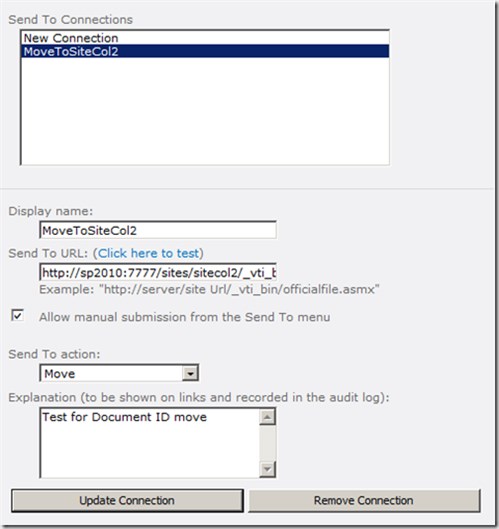
Elasticsearch can’t know what your use case is, so that’s why it mapped that field twice. In many cases you are either indexing a piece of text, for which you want to provide full-text search capabilities, or you want to just filter by a given keyword, such as a category or department name. The difference between these two field types is that the first one is analyzed, meaning it will be processed through Elasticsearch’s analysis pipeline (breaking the text into tokens, removing stopwords, lowercasing the generated tokens and any other operation defined by Elasticsearch’s standard analyzer), and the second one will be indexed as it is. But notice that the non_existent_field_1 field was mapped both as text and as a sub-field of type keyword. The non_existent_field_3 was mapped to a boolean, which probably is fine, since the value we provided (true) was not ambiguous. You can then take a look at how Elasticsearch mapped each of those fields: GET test/_mapping

You map your fields dynamically by just indexing values to a non-existent index, or to a non existent field: PUT test/_doc/1 You can index your dataset without worrying too much about the specifics of each field, letting Elasticsearch handle that for you. Explicitly: you will explicitly define the field’s type before indexing any value to it.ĭynamic mapping is really great when you are starting a project.Dynamically: you will let Elasticsearch infer and choose the type of the field for you, no need to explicitly define them beforehand.Mapping is the act of defining the type for the index’s fields. You should always check the type’s documentation page to make sure the values you will index are going to comply with the field type’s constraints. Currently, Elasticsearch supports something like 30+ different field types, from the ones you would probably expect, like boolean, date, text, numeric and keyword, to some very specific ones, like IP, geo_shape, search_as_you_type, histogram and the list goes on.Įach type has its own set of rules, constraints, thresholds and configuration parameters. Even if you didn’t define it explicitly, Elasticsearch will infer a field type and configure that field with it. Field typesĮvery field in an index has a specific type.

#Filebeats set document id how to
This should become more clear when we explain how to replicate the error, but before that, let’s review some concepts related to field types and mapping. There are a multitude of reasons why this error can happen, but they are always related to what you provided as a value for a field and what the constraints for that field type are.

In a nutshell, this error just means that you provided a value which could not be parsed by Elasticsearch for the field’s type and thus it could not index the document. Sometimes it also needs to transform some of the fields into more complex data types prior to indexing.ĭuring this parsing process, any value provided that does not comply with the field’s type constraints will throw an error and prevent the document from being indexed. When Elasticsearch receives a document request body for indexing, it needs to parse it first. JSON objects are simple representations of data, and support only the following data types: number, string, boolean, array, object and null. We index documents in Elasticsearch by providing data as JSON objects to some of its indexing APIs. This guide will help you understand the origin of the log “failed to parse field of type in document with id ”, why it happens, with which concepts of Elasticsearch it is related and then give you some ideas on how to debug and avoid it. Before you begin reading this guide, we recommend you try running the Elasticsearch Error Check-Up which can resolve issues that cause many errors.


 0 kommentar(er)
0 kommentar(er)
